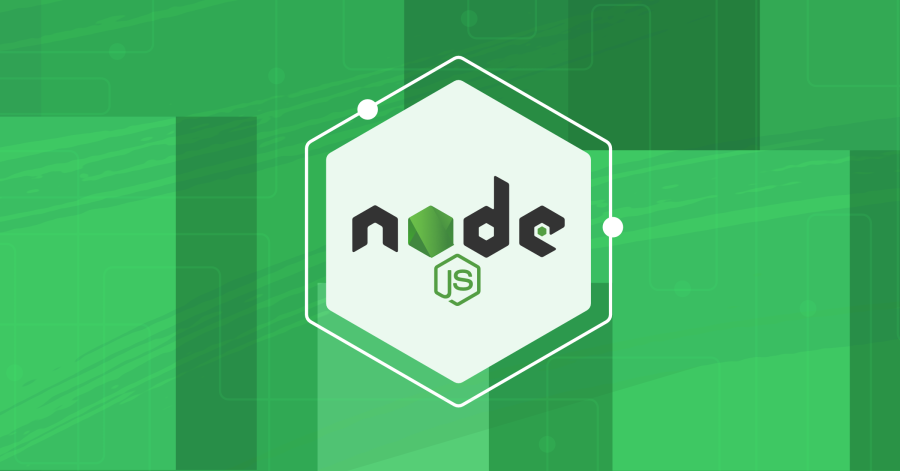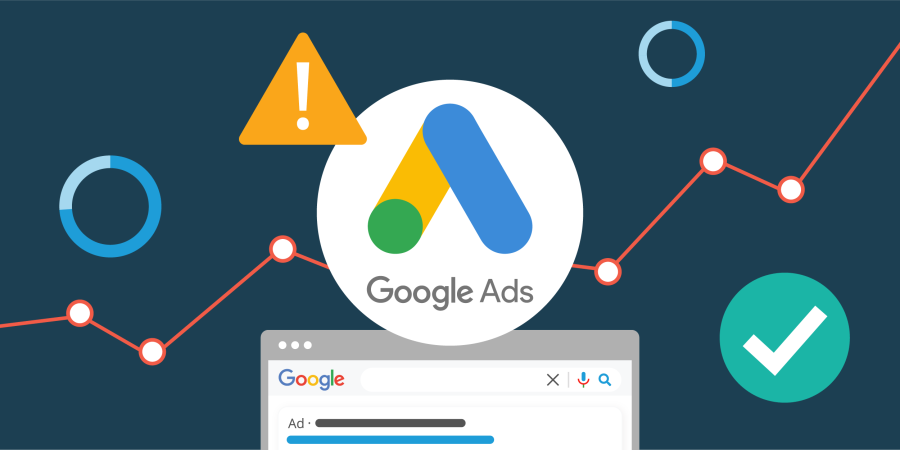Node.js: The Ultimate Guide to Backend JavaScript Development
Introduction
Node.js has revolutionized web development by enabling JavaScript to run on the server side. Traditionally, JavaScript was confined to the browser, but with Node.js, developers can now build full-stack applications using a single language. This article explores what Node.js is, how it works, its advantages, and how to use it effectively in modern web development.
What is Node.js?
Node.js is an open-source, cross-platform runtime environment that allows JavaScript code to be executed outside of a web browser. Built on the V8 JavaScript engine (the same engine used in Google Chrome), Node.js provides a fast and efficient way to develop scalable network applications.
Key Features of Node.js:
- Asynchronous & Event-Driven – Non-blocking I/O operations enhance performance.
- Single-Threaded Architecture – Uses an event loop to handle multiple connections efficiently.
- Fast Execution – Powered by the V8 engine, making it highly performant.
- Cross-Platform – Works on Windows, macOS, and Linux.
- Large Ecosystem – Comes with npm (Node Package Manager), offering thousands of libraries.
How Node.js Works
Node.js operates on a single-threaded event loop using non-blocking I/O. Instead of creating multiple threads for each request (like traditional servers), Node.js handles multiple connections asynchronously, making it highly efficient for real-time applications.
Event-Driven Architecture:
- A request is received by the Node.js server.
- The event loop assigns the request to a callback function.
- If the operation involves I/O (e.g., database query, file read), it is handled asynchronously.
- Once completed, the callback function executes, and the response is sent.
This approach reduces resource consumption and allows handling thousands of connections simultaneously.
Why Use Node.js?
✅ High Performance
Thanks to the V8 engine and non-blocking architecture, Node.js is much faster than traditional server-side technologies like PHP or Ruby.
✅ Scalability
Node.js is ideal for building microservices and scalable applications. It efficiently manages multiple simultaneous connections with minimal resources.
✅ Full-Stack JavaScript
Developers can use JavaScript for both frontend and backend, streamlining the development process and reducing the learning curve.
✅ Rich Ecosystem
With over a million packages available on npm, developers have access to pre-built solutions for almost any functionality.
✅ Active Community
Node.js has a large and active community, meaning constant improvements, extensive documentation, and plenty of support.
Building a Simple Node.js Server
Let’s create a basic HTTP server using Node.js.
Step 1: Install Node.js
Download and install Node.js from nodejs.org.
Step 2: Create a New Project
Run the following commands in your terminal:
This initializes a new Node.js project with a package.json file.
Step 3: Create a Server
Create a file named server.js and add the following code:
Step 4: Run the Server
Execute the script by running:
Open your browser and visit http://localhost:3000. You should see "Hello, Node.js!" displayed.
Express.js: A Popular Node.js Framework
While Node.js provides a core HTTP module, most developers prefer using Express.js to simplify server-side development.
Installing Express.js
Creating a Basic Express Server
Express makes routing and middleware integration much easier than the built-in HTTP module.
Use Cases of Node.js
🔹 Real-Time Applications – Chat apps, gaming servers (e.g., WebSockets).
🔹 RESTful APIs – Backend for web and mobile applications.
🔹 Microservices – Scalable and modular services.
🔹 Streaming Services – Platforms like Netflix use Node.js for handling streaming data.
🔹 IoT (Internet of Things) – Efficiently handles device-to-device communication.
Best Practices for Node.js Development
✅ Use Asynchronous Code – Avoid blocking operations using async/await or Promises.
✅ Optimize Performance – Use clustering and load balancing for scalability.
✅ Secure Your App – Implement security measures like input validation and HTTPS.
✅ Use Environment Variables – Store sensitive data in .env files instead of hardcoding.
✅ Monitor & Debug – Use tools like PM2, New Relic, and the Node.js built-in debugger.
Conclusion
Node.js is a powerful runtime for backend development, offering speed, scalability, and a vast ecosystem. Whether you're building APIs, microservices, or real-time applications, Node.js provides the tools and performance needed for modern web development.
💡 Next Steps: Start experimenting with Node.js, explore frameworks like Express.js, and build your own projects!















